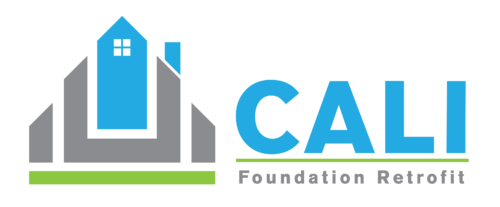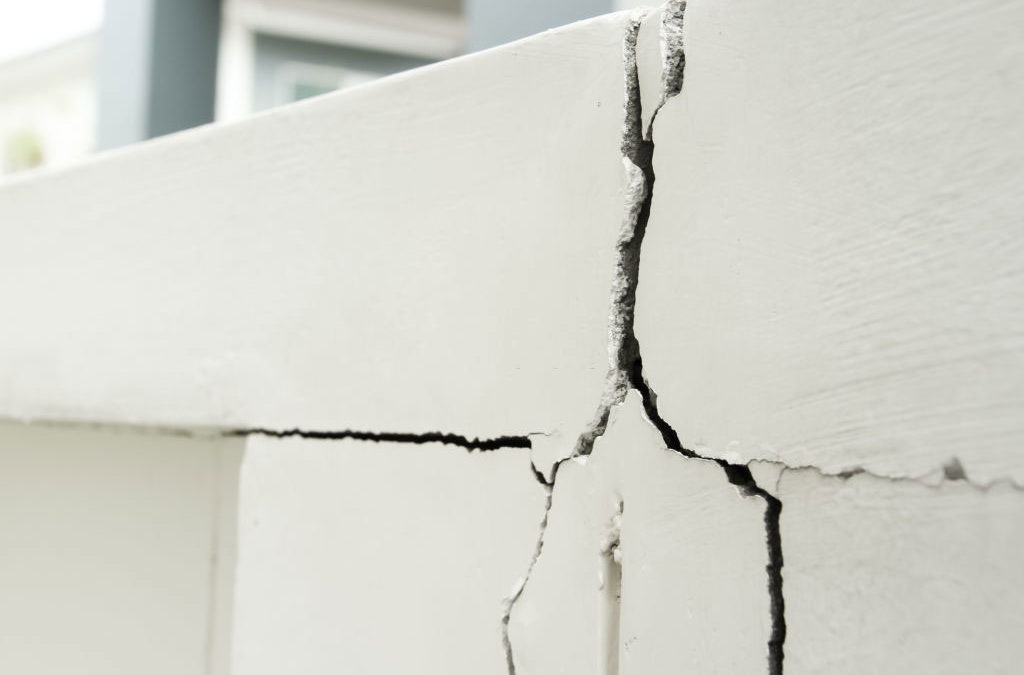Earthquake retrofitting is the engineering modification of pre-existing structures to make them safer to withstand seismic activity, earth motion, or ground shaking due to tempers. Earthquake damage can lead to serious structural damage, extensive flooding, and death, and loss of life. A complete rebuilding of a structure may not be enough after an earthquake, especially if large amounts of liquefied material such as soil, concrete, and steel are removed.
Most people are familiar with the technique of seismic retrofitting in case of an earthquake. Structurally-built homes, schools, hospitals, and government buildings are mostly equipped with earthquake-resilient materials and built to proper design specifications. However, many structures which were built many years ago may not be able to withstand earthquakes because they were not built according to modern standards.
Seismic retrofit is achieved through the introduction of structural additions or retractable roofs, walls, or reinforced floor systems. The purpose of this is to reduce the structural load on the structure. It is also used to increase structural durability. It is also applied when building retrofit is needed for earthquake survival sake. Seismic retrofit should be included in any construction plan especially when it comes to basement structures that are susceptible to earth movement and earthquakes.
The most important benefit of the seismic retrofitting technique is its ability to lessen the structural loads by weakening the support on the ground floor. Walls, floors, and other supporting elements are usually taken out of use during the renovation. In addition to the ground floor support, all the interior spaces such as basements, crawl spaces, workshops, and storage areas should also be planned and built accordingly. This will prevent additional damage in case of an earthquake. Even if the structure is moved during the construction process, the retrofit technique will keep the structure intact.
Seismic retrofitting can be utilized for different purposes like pre-stationary buildings and homes. It can also be used during rehabilitation if the house structure needs to be relocated after an earthquake. It can also take care of the structural integrity of pre-existing buildings and structures. And if the building is a danger to be damaged in an earthquake, it can even serve as a platform for earthquake survival.
It is very much possible that in a disaster, human beings won’t have the proper tools or skills to survive. They will have to depend on whatever they can get their hands on or improvise from whatever they can find around them. It is highly likely that they might suffer injuries and damage to properties. But if they have the retrofitting facility at their disposal, they can improvise and survive. Through this technique, structures can be strengthened, installed with absorbent materials, and watertight seals can be applied to prevent leakage.
Seismic retrofit is necessary to provide strong support to the structural integrity of a building or other structure. This is the basic necessity if a building should be considered a life-safety measure. Aside from strengthening the building structure and stopping its collapse, it can also lessen injuries and damages to people trapped inside. In case of earthquake disasters, those trapped inside can be rescued using the appropriate tools. They need to escape to the safety of the ground.
An earthquake is a natural disaster that can be avoided by practicing good earthquake precautions. But in order for us to avoid disasters like this, we should prepare ourselves for the possibility of it happening. We can only do this by applying methods and techniques that involve retrofitting or building under-structure strength using retrofit techniques.
Structural retrofitting can help in preventing future disasters from happening. It is very important to strengthen structures that are considered to be vulnerable to earthquakes. With retrofitting, buildings can be made stronger and more resistant to disasters. This is how you can keep your home and business safe from earthquakes. You can have peace of mind knowing that you are taking the right steps to secure your life and your family’s as well.
Structural retrofitting is a complex and complicated process. If you have the proper equipment and you are trained on how to use it then you can get the job done. Structural retrofitting can provide benefits but it also has some limitations. For instance, the method can increase the structural load by up to 200 percent but this may lead to several problems. So it is wise to conduct a comprehensive survey first before you decide to go with the method.
Seismic retrofitting can provide structural support in many cases. The only thing you need to do is to make sure that your building is properly prepared and all required permits are in place. If you are not sure if the structure is strong enough to withstand an earthquake, you should contact a structural engineer to check it out for you. If you are going to hire an earthquake specialist then you can be sure that they will be able to tell you if your building is safe enough for structural retrofitting.

